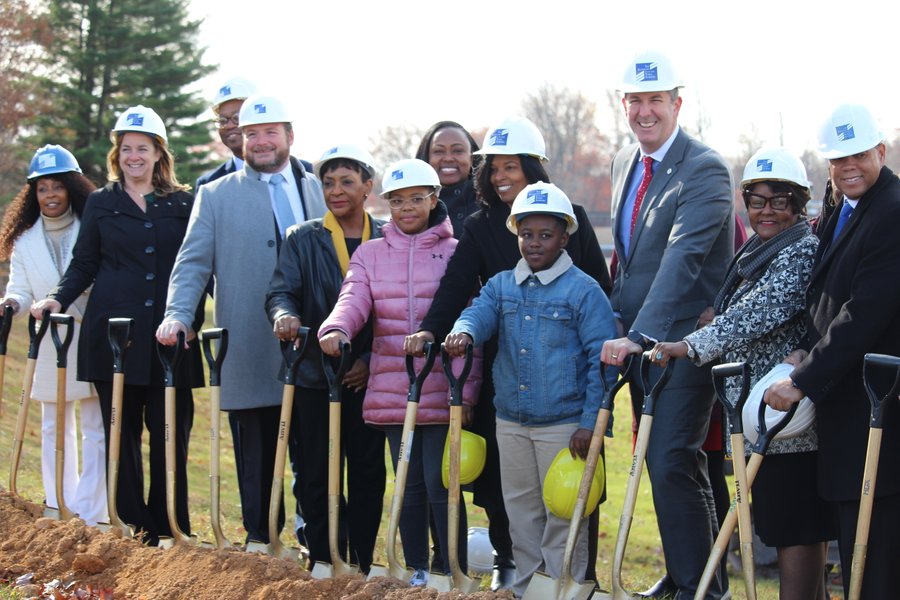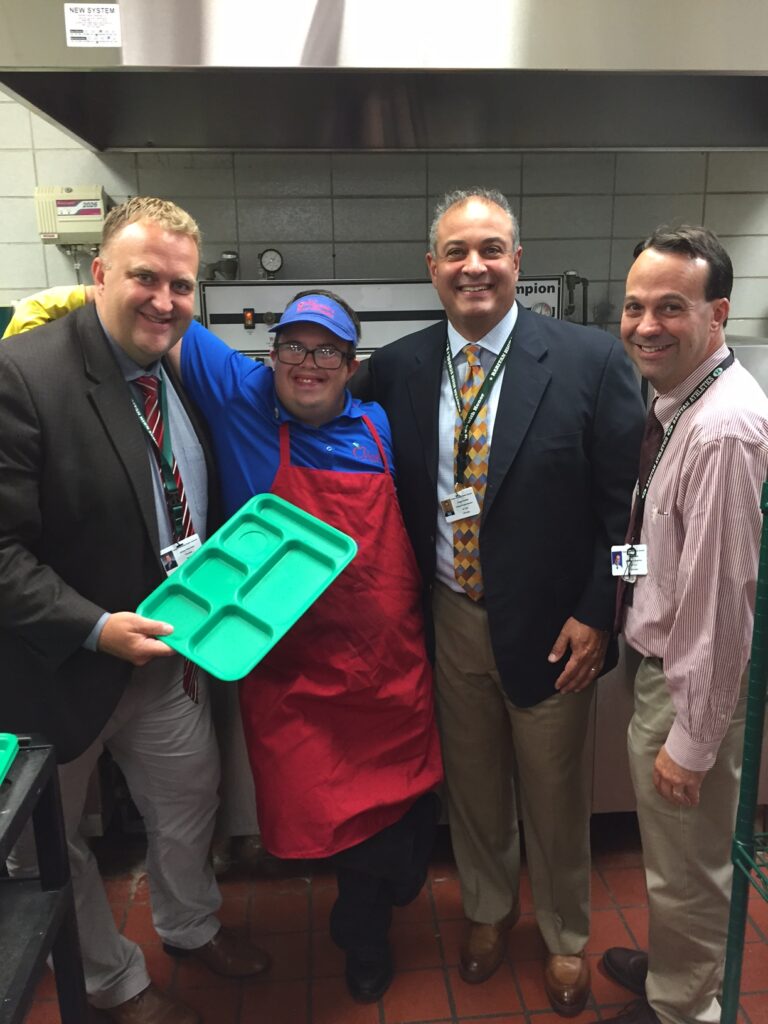With many schools already adopting sustainable practices by promoting initiatives like zero-waste lunches, including concepts in their curriculum and developing best practice guidelines, it only makes sense that sustainability efforts extend into purchasing decisions.
We are excited to see new guidelines, policies and frameworks being developed to help schools make more sustainable purchasing choices. It is encouraging to see how schools are taking a holistic approach to climate change; from what is taught to students about environmental issues right through to decision makers in procurement departments using public dollars to make greener purchases. It’s a win-win!
What is Green Procurement?
There are different names for green procurement programs such as Green Public Procurement (GPP), Green Purchasing Policy or Environmentally Preferable Purchasing (EPP). Simply put, green procurement refers to when public authorities, including school districts, seek to procure goods and services with a reduced impact on human health and the environment. See a full list of examples of green procurement considerations that Sonoma County has developed.
Some examples include:
- Products that are durable, recyclable and have warranty coverage
- Products with recyclable or reduced packaging
- Products and services that have reduced greenhouse gas emissions and are energy efficient
- Cleaning products that are non-toxic
“Buying Green” guidelines taking shape around the world
Many educators are making space for students to think more sustainably by talking about climate change, eco-anxiety and ways to take action to alleviate some of that stress, like having a zero-waste classroom. Some schools are even working towards certification as Eco Schools; a growing global movement that engages students to have a say in the environmental management policies of their schools.
Educators and students making positive changes are only one part of a more sustainable future. Procurement teams and purchasing groups also have a role to play.
| Did you know? The US K-12 education market was estimated at $3 billion USD in 2021. Imagine the positive impacts if all purchases were greener! |
In Europe, GPP guidelines suggest setting clear targets and communicating them. For instance, in Lens, France, school canteens must use 20% organic ingredients to help support regenerative farming practices and improve human health. They also recommend that bids for contracts be “green titled” to signal environmental impacts are being considered. For example, “Supply of ecological and recycled paper” or “Service contract for energy savings in 12 schools”.
Baltimore County Public Schools is working to select more sustainable products for their school district. According to Michael Archbold, Manager, Planning, “we are having our consultants design facilities to be sustainable. Our first Net Zero school just celebrated their groundbreaking, and we have established design standards that focus on green renewable furniture and fixtures.”

According to Baltimore County Public Schools, in their Maryland Green Registry profile they state: “…in August 2022, the Board of Education of Baltimore County adopted Policy #3540, Energy Conservation and Sustainability, that directs the school system to incorporate sustainable practices to the extent that is reasonable and practical in all school system operations.”
A free program in the United States called the Sustainable Jersey for Schools program uses a point system whereby schools earn their certification through implementing 22 different action categories. It is a holistic framework ranging from board leadership and planning, diversity and equity, learning environments, student and community outreach, energy efficiency initiatives, waste reduction, green purchasing and many others.

Lauren Skowronski, Assistant Director at Sustainable Jersey says they typically hold two grant cycles per year. “We award $2,000-$20,000 to participating schools and school districts for sustainability projects, including green purchasing initiatives,” she says. According to Sustainable Jersey for Schools, over 166 schools are working to select more sustainable products for their schools, including Newark, the largest school district in the state. Newark adopted & implemented a green purchasing policy which addresses product specifications or standards for source reduction, recycled content products, energy and water conservation, forest certified products, toxics reduction, green building materials, low input landscaping, and bio-based products.
In Canada, the provincial government of British Columbia created a resource to help guide schools to achieve many of the examples above as well as naturalizing schoolyards and sustainable transportation. They have also published a comprehensive guide for K-12 schools called The Environmental Learning & Experience Curriculum Maps. It uses a C.A.R.E. framework that enables educators to deepen environmental learning and nurture the development of an environmental ethic in students.

Thinking of implementing an Environmentally-Preferred Purchasing (EPP) program?
In summary, your state or province may already have policies in place that you can use as a guide. If they do not, here are a few tips to get you started:
- Gain high-level support at your district/board to aid in implementation.
- Define goal(s) such as reducing greenhouse gas emissions (GHG), i.e., 5% reduction in school district’s carbon footprint by 2025, and 45% by 2035.
- Define and prioritize activities to help reach your goal such as:
- 80% of purchased products should include certifications like LEED, B Corp, FSC or Energy Star, have high repairability, and recyclable packaging.
- 50% of meals in the cafeteria should be organic by 2025.
- All procurement staff will be provided with training in EPP policy and processes by December 2024.
- Take a long-term view with purchasing. It is tempting to stretch budgets by purchasing less expensive products, but lower cost products can often mean lower quality, no repairability and therefore a shorter lifespan. When a product has a short lifespan, more need to be purchased over time and more waste goes to the landfill.
- Review other policies at the district/board level to ensure alignment.
- Indicate who/what team is responsible for implementing and monitoring the performance of the program.
- Define measurement and reporting methods.
- Communicate progress regularly to identify barriers, celebrate the wins and to inspire others.
| Learn more about how Copernicus Educational Products supports sustainability, and our green initiatives by visiting this page: Environment-Giving Back. |
Resources:
Getting started: Useful guides
- Buying Green Handbook 3rd Edition
- How to implement an Energy Savings Improvement Plan
- Identifying Greener Cleaning Products
- Net Zero Energy in Four Steps
- http://www.greenschools.net/
Guidance on measuring greenhouse gas emissions
- Greenhouse Gas Protocol https://ghgprotocol.org/
- Carbon Avoided Retrofit Estimator https://caretool.org/

